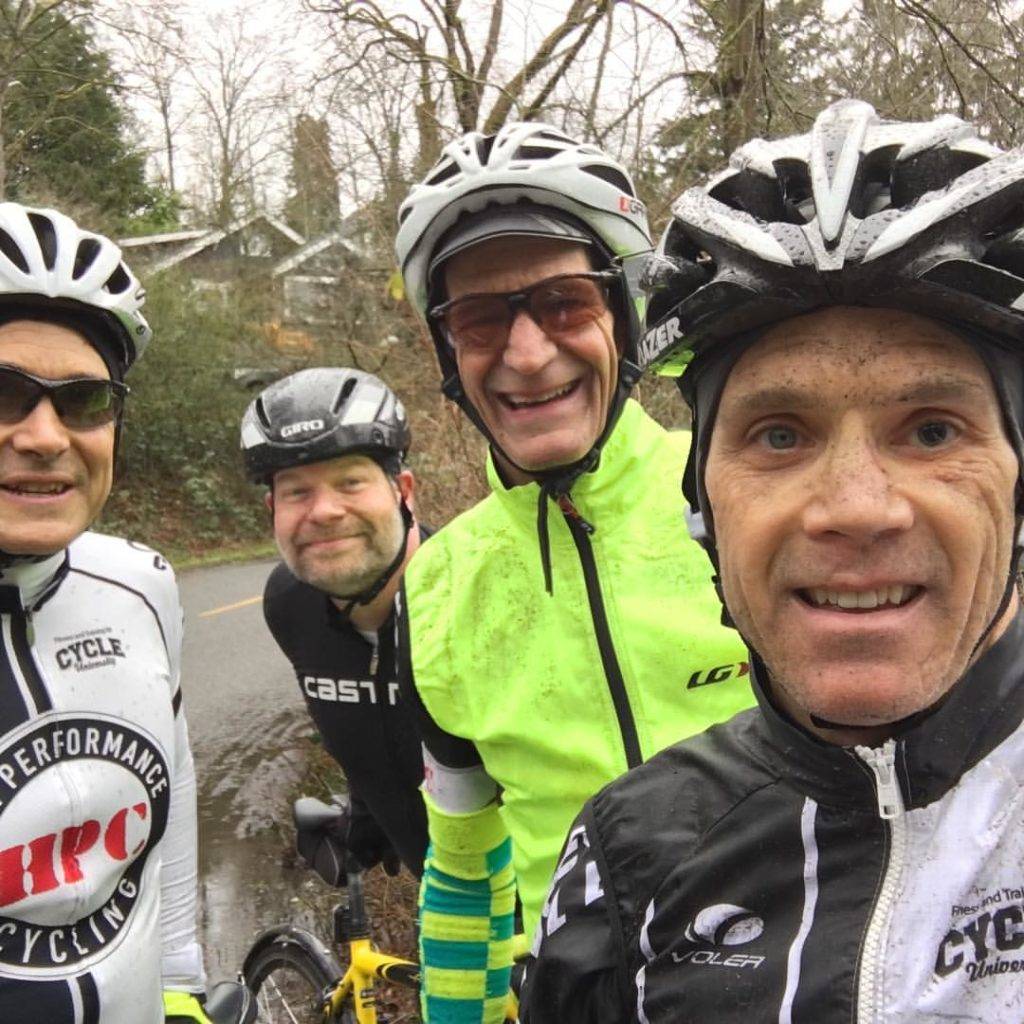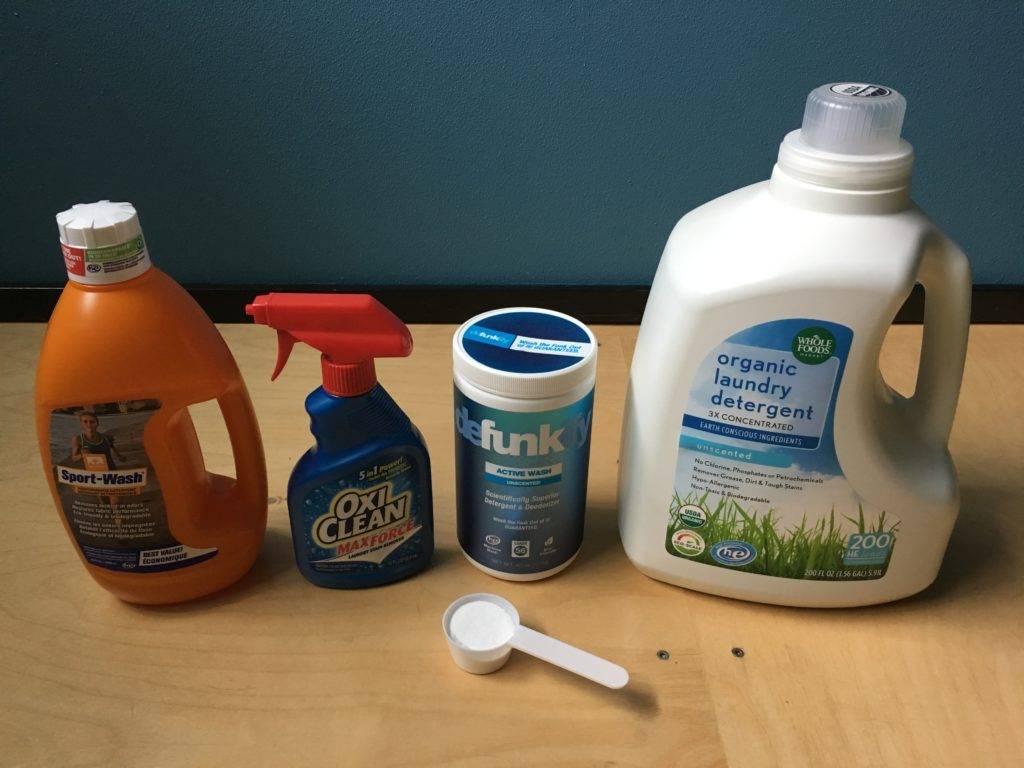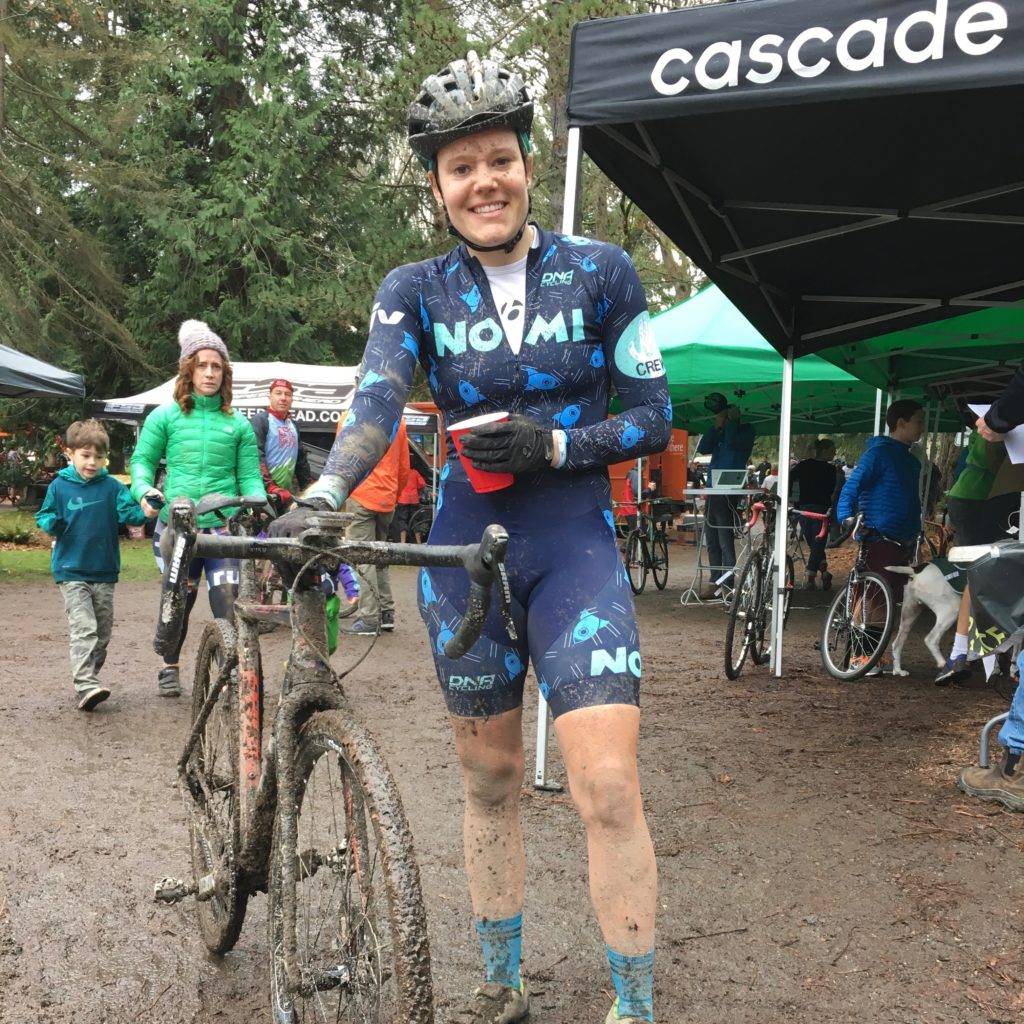Dirty, muddy, stinky, sweaty clothing are all part of being active in the Pacific Northwest. Our “mud season” extends from September through early July. Our relatively high humidity means sweat-soaked clothing year round. Keeping your clothing clean and neutral-smelling is tricky.
Synthetic fabrics are great in that they are lightweight and dry quickly. But, the microstructures in synthetic fibers promote a funky smell that leaves you wondering “is that really me?” One study suggests that the odor-causing bacteria that linger on sweaty clothing are different than the bugs associated with the sweat itself:
“Corynebacterium is thought to be the main cause of armpit body odor, (yet) there was no Corynebacterium on the clothes. Instead, Staphylococcus flourished on cotton and poly, and Micrococcus, bacteria also known for making malodor, loved polyester.”
As an alternative to synthetic tech wear, read our explainer on how Merino Wool is a great natural alternative. The microstructures of merino fibers accelerate wicking and drying, which doesn’t give the smelly bacteria enough time to fester.

As a result of the stink, I periodically need to recycle a smelly but otherwise perfectly decent fitness wardrobe.
For stinky clothing, my go-to had been Nathan Sport Wash. Unfortunately, I’ve never been able to get it to work as advertised. The sweat stink remains, and actually smells worse to because of the Sport Wash’s perfume.
I’ve also used unscented generic HE detergent and Borax.

If you aren’t familiar, Borax is the trade name for a naturally occurring mineral that is an awesome multipurpose cleaner. Add warm water and it produces hydrogen peroxide, the “oxygen bleach” found in cleaners like OxiClean. For most laundry loads I add a scoop of Borax to HE liquid detergent. A scoop in the dishwasher has the same effect as expensive anti-spotting products. It’s also a great alternative to abrasive powders for cleaning sinks, toilet bowls, and pots and pans.
I love Borax, but I haven’t been able to figure out a way to get it to eliminate the offensive stink from technical wear.

Last summer I got a product sample from Defunkify Active Wash and I experimented with different combinations of washer settings and detergents to see whether I could conquer the funk once and for all. I initially got mixed results with Active Wash–one time it seemed to work as advertised–then next time not. After emailing back and forth with their staff the best solution was to use the “heavy duty” washing machine setting. The heavy duty setting lasts two hours versus 56 minutes for the “normal” setting.
The result: The longer agitation time makes a huge difference. Active Wash eliminates the stink, whereas there was no change with HE detergent and Borax. Eric Sach, (now former) owner of The Balanced Athlete in Renton (which sold Active Wash) says he gets the same result.
Recommendations
Rinse your workout clothes immediately after the activity so the malodorous Micrococcus don’t have time to stimulate stink. If an immediate rinse isn’t possible, line dry the clothing before tossing it in the laundry bin. Sweaty tech clothing in a laundry bin will fester.
My basic routine is to rinse my fitness clothing during my post-ride shower. Alternatively I soak the clothing for at least a few hours in a bucket with warm water and a little detergent or Active Wash.
1. Zip up any zippers.
2. Turn the clothing inside out and toss into the shower.
3. During the shower hold each clothing item directly in the shower spray and let the water run top to bottom through the fabric.
4. Smush/squeeze the excess water out of the clothing. Do not wring the excess water out of the clothing. Wringing can damage the fabric or stitching.
5. Run the clothing through the rinse/spin cycle only in a washing machine. Keep your technical clothing away from velcro, which can shred it!
6. Line dry in the shade.
If you rinse the clothing like this immediately after use it will smell fresh without laundering for weeks if not months. Launder judiciously only when the fabric is soiled.
Additional Tips
Here is an old-school low-cost laundry machine formula that also seems to kill the funky smell:
1. Add 1/2 cup of baking soda to the drum of the washer
2. Add a normal/capful of detergent to the detergent cup, and fill the fabric softener cup with distilled white vinegar.
3. Load the clothes in the washer.
4. As described above, set the washer to a “heavy duty” setting so there is a long agitation time. Warm/cold water temperatures work fine.
5. Enjoy fresh-smelling clothing!
6. Always line dry/air dry technical clothing out of the sun.
Bike Helmet
I know a lot of folks don’t bother washing their helmets, but think about all the sweat-borne funk that can build up in the helmet’s webbing and padding. Solution? Take your post-ride shower with the helmet, rinse it out, towel it down to soak up any water in the padding, then let it air dry.
Running and Cycling Shoes
Most folks don’t worry about dirty shoes, but sweat-soaked shoes, or shoes soaked from a muddy run or ride can get rude.
Recommendation: If the dirt is dry, start by using a coarse brush to get rid of the loose bits. If the shoes are muddy rinse them with a hose, dunk them in a bucket of clean water, or even shower with them. Remove the insoles before drying. An efficient low-cost way to air dry shoes is to push some scrunched-up newspaper into the shoes. If you have a shoe dryer, use it! Avoid the temptation to put the shoes near a heater to dry. Guaranteed you’ll end up with a petrochemical blob.
Ski/Snowboard/Mountaineering Boots
Water usually condenses between the liner and the shell, and the feet sweat even on cold days. If you leave the boot liners in the shells, the liners will become a multi-colored science experiment. Remove the liners and insoles as soon as you can. They will usually air dry overnight, but if you have a boot dryer, use it! I generally bring all of the boot parts indoors and try to keep them relatively warm before putting them on at the start of each day. Avoid the temptation to put the liners or shells near a heater to dry. Guaranteed you’ll end up with a petrochemical blob.
What are your cleaning tips?

This article was updated and remixed on December 8, 2021

I find that Shout works very well on cycling fabrics to remove stains – especially if you bump against the chain with socks. The key is to follow the label instructions.